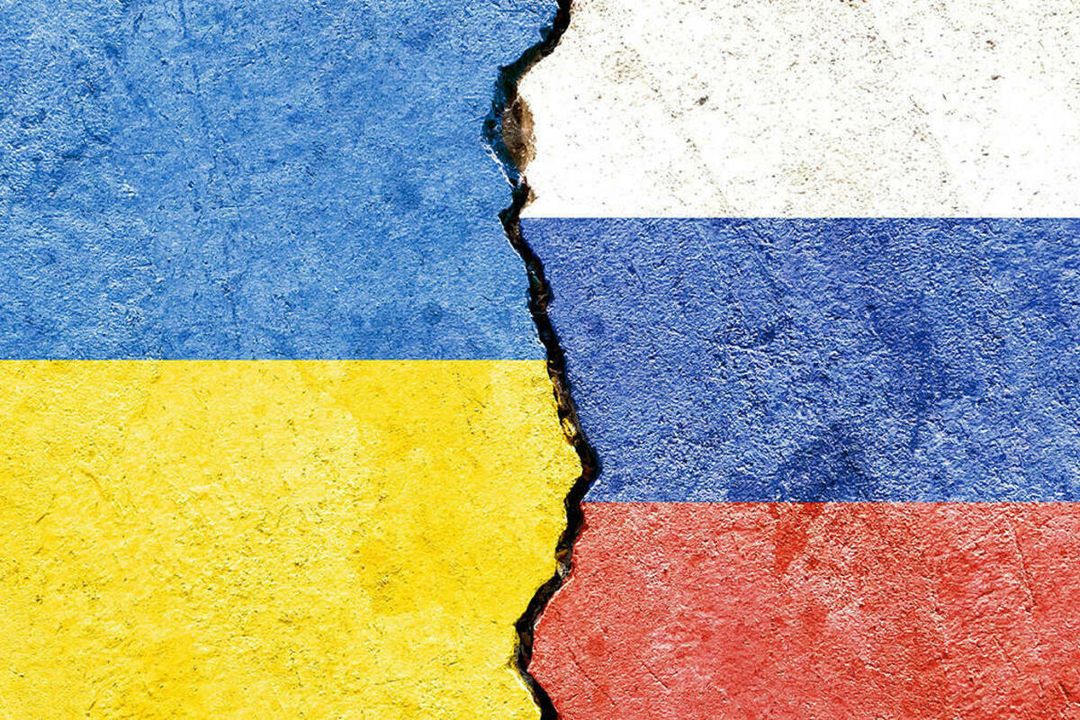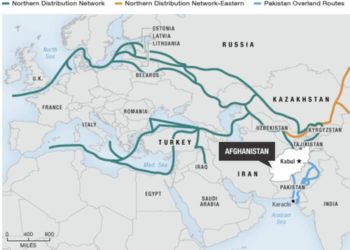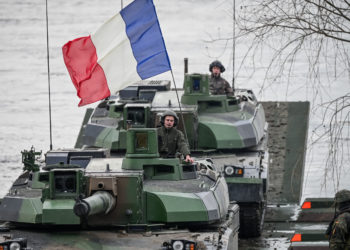Ukraine Update: Day 231

A lot has happened in the past few days, so we will have to post several articles between now and the end of the week to catch up. Quick and easy ones to get out of the way today: Referenda and mobilisation.
Referenda in Occupied Regions
On the 20th of September, the authorities of the DPR and LPR alongside Russian-controlled regions of Kherson and Zaporizhzhia announced they would hold a referendum on reunification/incorporation/annexation (pick your poison) with the Russian Federation. The dates for the referenda would stretch from the 23rd to the 27th of September 2023. One question figured on the ballot paper: “Do you approve of the ‘*insert region here’ being incorporated into the Russian Federation with subject rights of the Russian Federation?” The decision to hold referenda was widely criticised by the international community in general and by Ukraine in particular.
Unsurprisingly (heavy sarcasm), turnout was large and reunification with the Russian Federation won in all four regions.
We won’t list all the reactions and statements to this event, because everybody (literally everyone) reacted and issued a statement. Long story short: Nobody is happy about this and no one, ever, will recognise the results of those referenda.
Washington, through Secretary of State Blinken, gave the green light for Ukraine to use western weapons against regions that became part of Russia after the referendum. The Russian ambassador to Washington replied that “US statements about the possibility of Kiev’s strikes on the LPR and DPR bring them closer to a dangerous brink and make the United States a party to this conflict.”
Sanctions and Political Reactions
The EU announced another package of sanctions to be imposed against Russia and separatist figures (the 8th!), while Russian Foreign Minister Lavrov called the moment “a decisive stage in Russian history.”
On the 29th of September, President Putin signed decrees recognizing the Kherson and Zaporizhzhia regions as independent countries. The following day, on the 30th of September 2022, the Russian president signed accession treaties with pro-Russian leaders of the four regions during a ceremony in Moscow. The Russian constitution was amended soon after.
A little quirk: The borders of those four regions were not legally defined by the treaty! The wording is vague and confusing. Some experts think the borders mentioned are the ones of the Ukrainian oblasts bearing the same names (pre-war borders). Some think Russia will base the future borders of those regions according to what they looked like at the time of the Russian Empire. Others think the borders will be set in stone in the future and will depend on the performances and result of the Russian SMO (Special Military Operation) in Ukraine.
Putin’s speech that evening only mentioned NATO once and focused mainly on stacking Russian and Western values against one another. He also announced that Moscow would do everything in its power and use every tool in its arsenal to defend and protect Russian land and Russian citizens.
The Russian Foreign Ministry accused the US of being party to the conflict shortly after.
Moscow has already allocated funds/budget to its “new regions” so that their administration can start working with the federation’s own administrative bodies. Donbass (separatist) Armed Forces are to be integrated within the Russian Armed Forces.
Ukraine’s president Zelensky announced negotiations with Russia would not resume for as long as Putin is president. He also signed an “accelerated application for Ukraine’s accession into NATO.” This was very obviously symbolic, more than anything else: There are no “fast tracking” procedures for applicants.
Russian Mobilization
On the 21st of September 2022, President Putin signed a decree for a partial mobilization of the Federation’s reservists. This happened 24 hours after the announcement of the referenda in eastern and southern Ukraine.
The aim was to mobilize 300,000 reservists. As explained in our report published on the 24th of September: “Only people with prior military service will be recalled. The first to have received their draft papers were tankers, gunners, drivers, and mechanics. Privates and sergeants up to the age of 35 are eligible for the recall, while junior officers up to 50 years old and senior officers up to 55 years old are also eligible to be mobilized. Training that takes into account the lessons learned from the current conflict will be provided to mobilized personnel prior to deployment to the war zone. Are not eligible: Students, conscripts, employees working for the defence industry, carers, unhealthy or disabled people as well as people in charge of families with more than 4 children under the age of 16. Mobilized personnel will receive the same pay and benefits as enlisted personnel. The Russian Central Bank issued recommendations to Russian banks regarding mobilized personnel: They are to receive credit holidays for loans and mortgages and collection for overdue debts (as well as foreclosure procedures) must be suspended.”
Since then, Moscow has managed to mobilize 200,000 people before temporarily suspending/delaying the procedure: Russian barracks and training facilities simply cannot accommodate that many people all at once: Russia processes around 260,000 conscripts a year. The addition of 200,000 reservists on top of that severely strained Russian training capacity, both in terms of logistics and accommodation but also in terms of finding enough instructors to teach/train nearly double the usual amount of people!
Apparently, some Russian and separatist personnel with the required amount of experience may have been pulled from the front and sent to the rear to assist with the training of those reservists.
There were also issues with some people not eligible for mobilization receiving orders to report to their nearest recruitment office. Those hiccups prompted delays as well as several investigations. Do keep in mind that the target for this round of mobilization is still 300,000, but logistics and administrative hurdles must be overcome first.
Deployments and Training
Depending on their specialty/prior training and geographical location, some reservists were sent to training facilities in the Donbass while others were sent to training facilities within Russia. For example, some reservists from Siberia were sent to Omsk’s Military Tank Institute while reservists from Daguestan were sent to training camps in the DPR and LPR.
The vast majority of those reservists are not expected to be deployed to the front before mid-December/early January. In the meantime, masses of hardware are being sent towards Ukraine. There are rumors that Russian troops (including reservists) are being sent to Belarus. Whether they are being sent there to be trained or to form up BTGs near the Ukrainian border, nobody knows. Strangely enough, there is a lot of Belarussian hardware being sent towards the Ukrainian border, too, potentially pointing to a possible transfer of units/hardware between Russia and Belarus.
It could also very well be a ploy designed to draw Ukrainian troops away from eastern Ukraine and tie them up along the Belarussian border… We shall see soon enough.
The announcement of this Russian mobilization drew harsh criticism from the West in general and from NATO in particular.
Upon receiving the news that partial mobilization was being introduced, nearly 300,000 Russian citizens fled Russia. Russian authorities at first resisted the urge to shut their borders but ended up having to do so. Ironically enough, several EU countries had already done so several days beforehand!
Ukraine also faced an exodus of manpower when it mobilized on the 24th of February 2022: Within one month, almost 8 million Ukrainians had sought refuge abroad, including an estimated 700,000+ men.
Both Ukrainian and Russian authorities have had to deploy resources to deal with deserters, servicemen refusing to deploy (refuseniks), and people dodging the draft since the beginning of this war.
Upcoming Coverage
Tomorrow, we’ll discuss the situation on the ground (military situation) in Ukraine. On Thursday, we’ll catch up to the events surrounding the attack on the Kherson Bridge and the ongoing Russian retaliation campaign.
Hopefully, by the end of the week, we will all be up to speed.
-RBM










